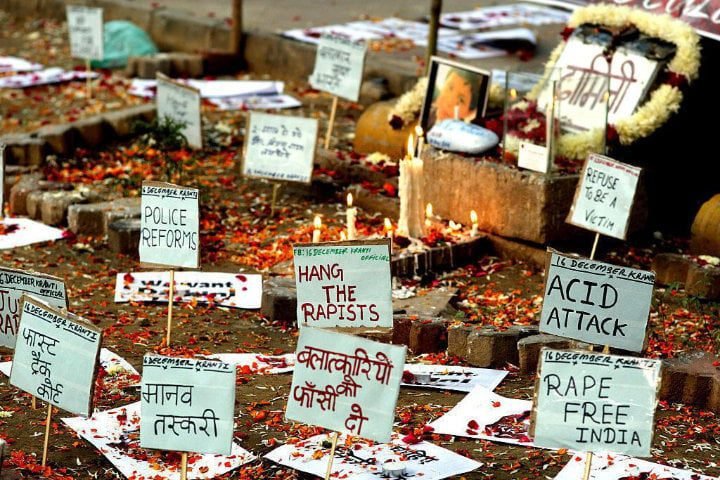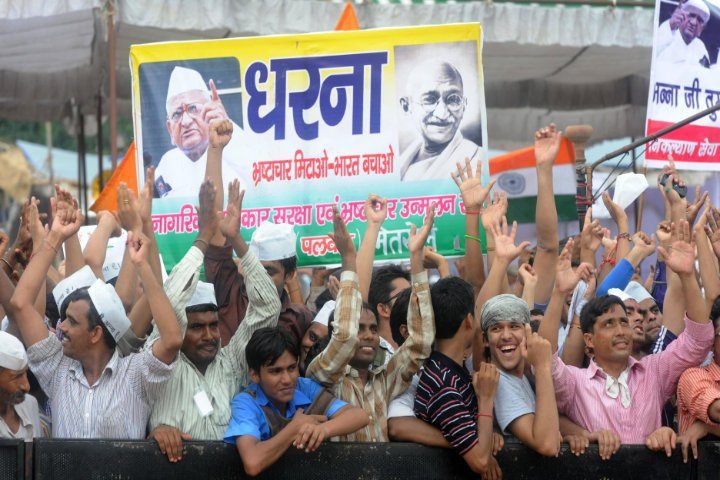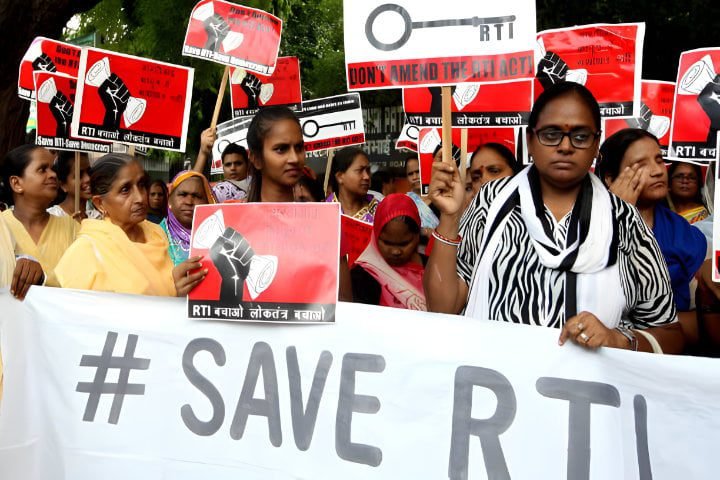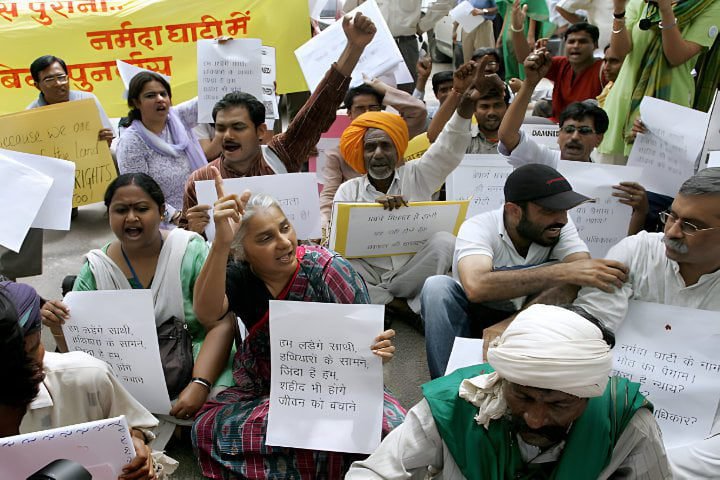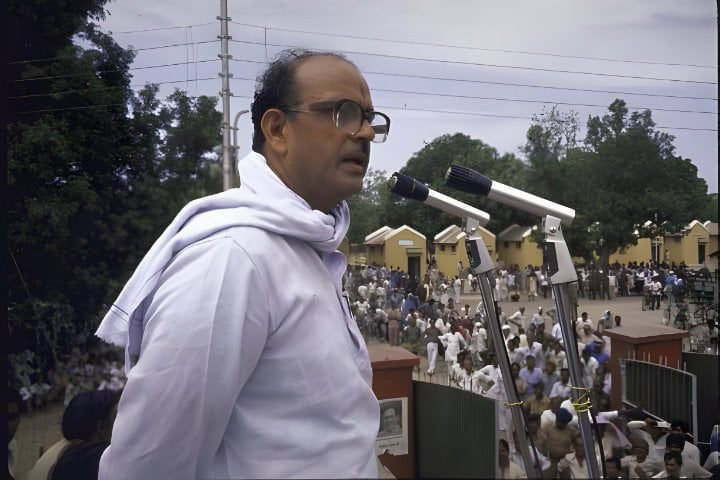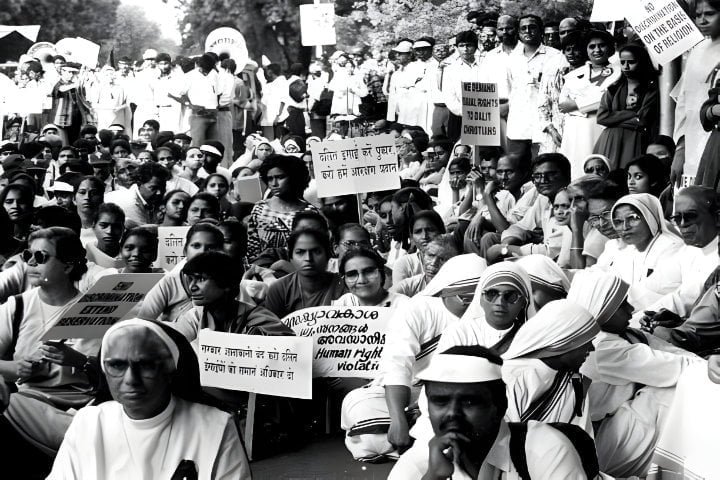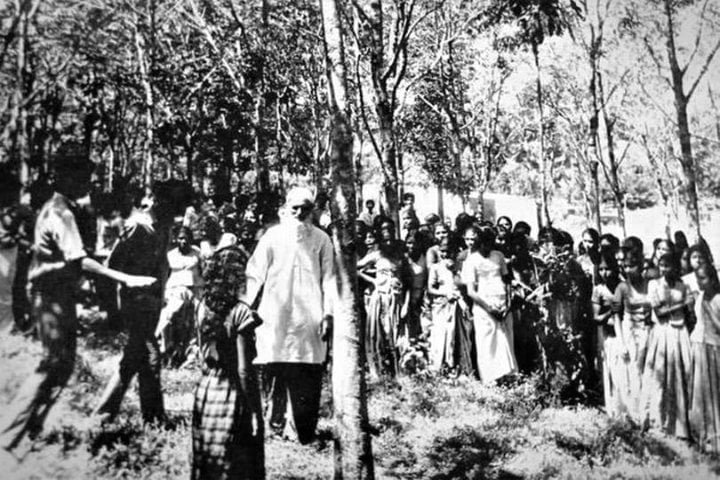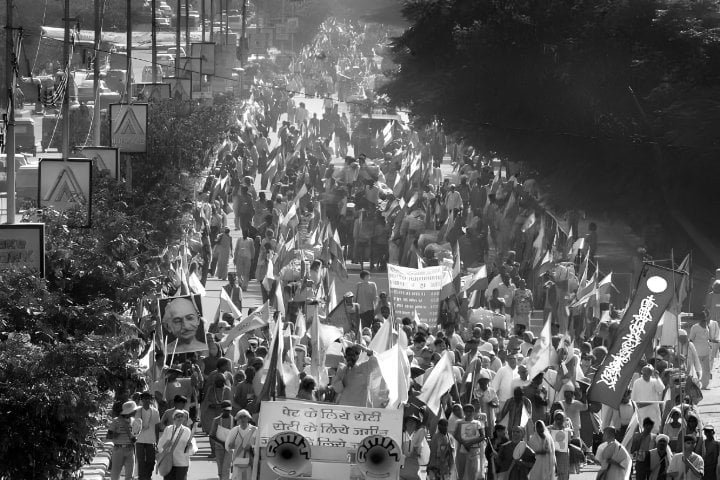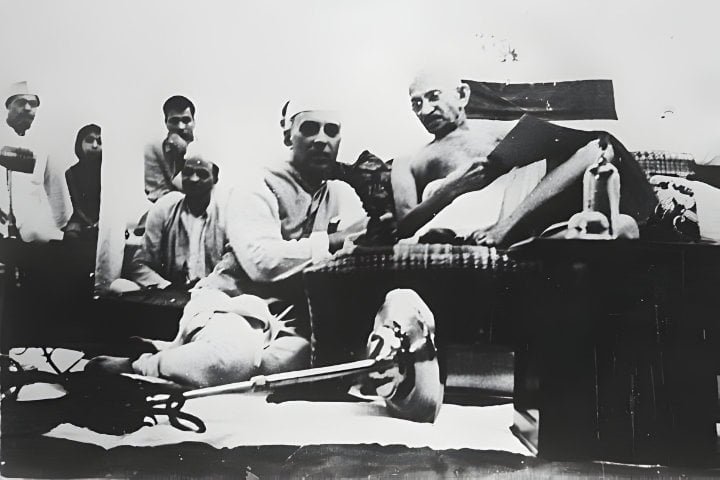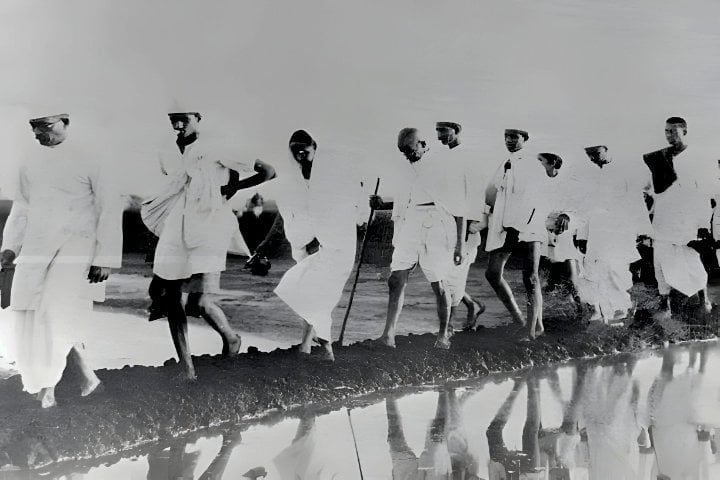India’s Awakening: The Nirbhaya Movement’s (2012) Impact
Nirbhaya Movement: Introduction On the night of December 16, 2012, Jyoti Singh, a 23-year-old medical student, was brutally beaten and gang-raped on a moving bus in Munirka, a neighborhood in South Delhi. The crime sparked global outrage, with many expressing disgust, shame, and horror at the incident. In accordance with Indian rape laws, the victim’s name cannot be used in […]
India’s Awakening: The Nirbhaya Movement’s (2012) Impact Read More »
